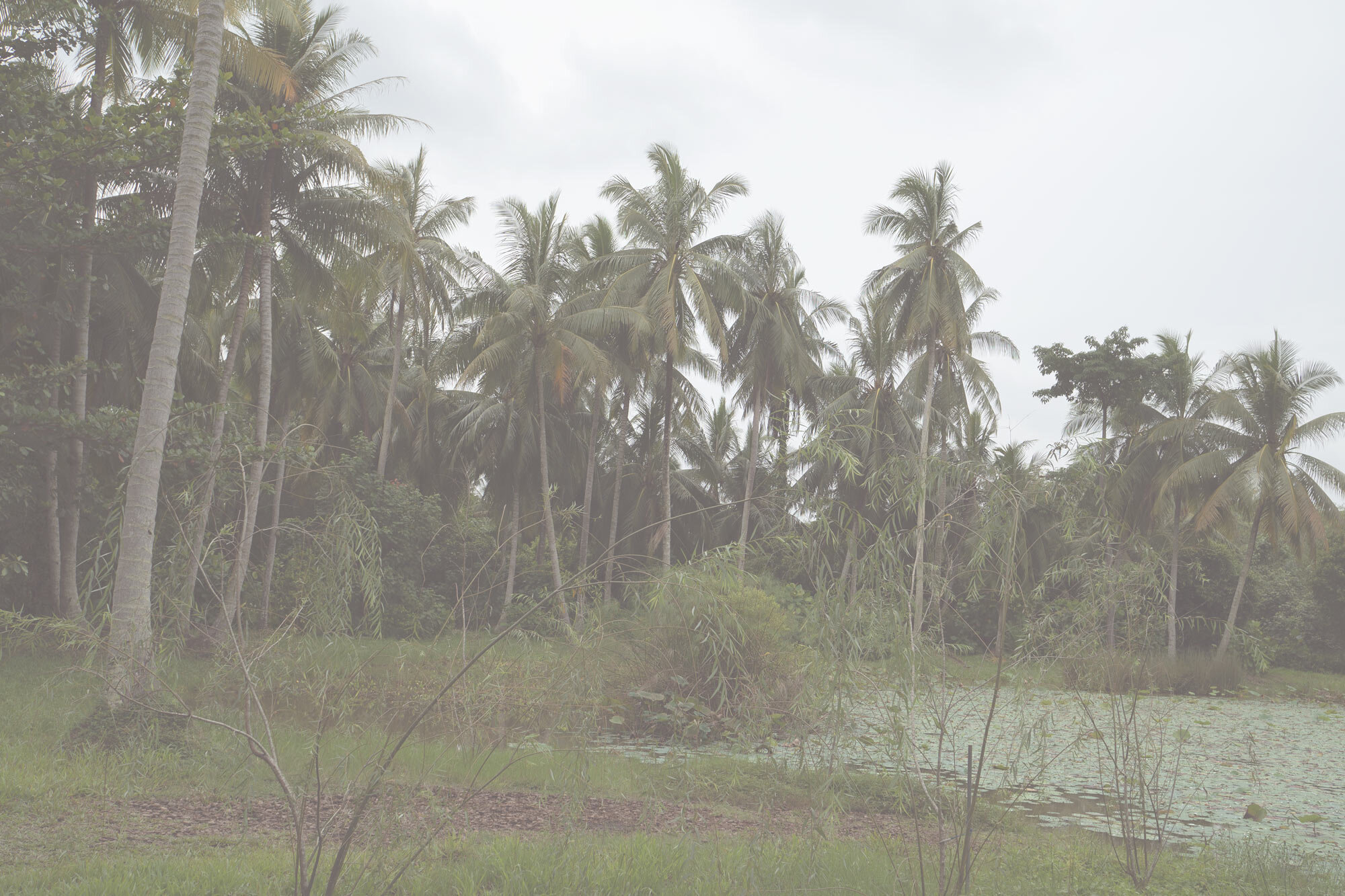
Daytrip to Pulau Ubin
Just a short bum boat ride away from Singapore, you’ll find Pulau Ubin. An island that offers nature and history to explore. A Local Travel Diary.
Since we still cannot travel, we have lots of time to explore the little island that we call home and its hidden corners. What many may not know: Although Singapore is an island state, it is actually composed of not only one but sixty-three islands in total! Not all of them are easily accessible, though, and only one besides the mainland is populated, Pulau Ubin.
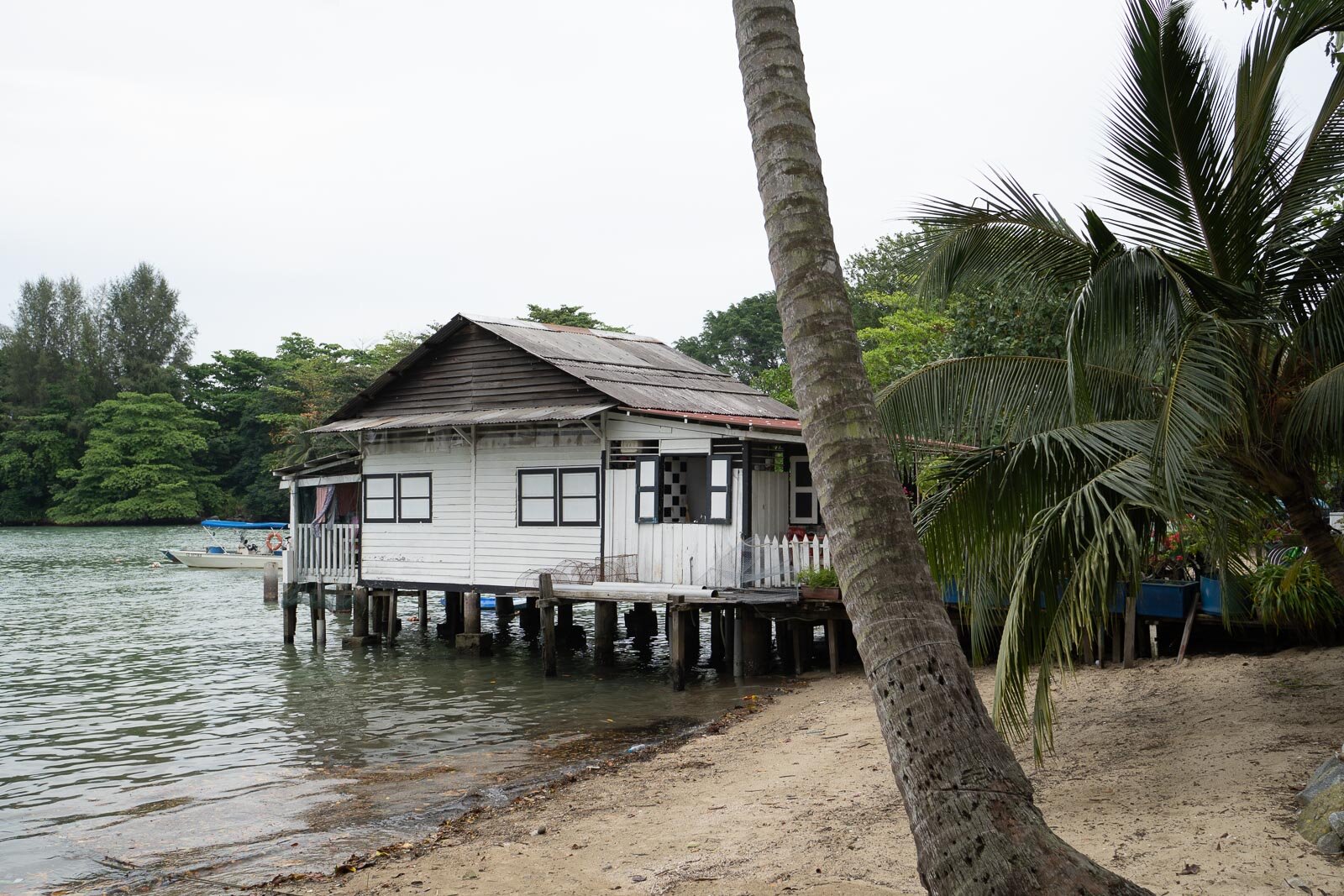
Pulau Ubin is located in the northeast of Singapore’s coast, near Malaysia. The 10.2 square kilometer island is Singapore’s second-largest natural island after Pulau Tekong and is over 200 million years old. Pulau Ubin’s original name in Malay, Pulau Batu Jubin, means “Granite Stone Island”, as the island was known for its granite quarries, but these were scattered all over the island until the 1970s. In a government resettlement program, most granite mines were abandoned to make Pulau Ubin an attraction for nature lovers. As a result, the number of inhabitants was also massively reduced. Today, Pulau Ubin still has about 100 inhabitants, most of whom are of Chinese origin. They live in tiny houses in old villages and lend bicycles to tourists, sell local dishes in Hawker Stalls, and, or work as fishermen in one of the many crab farms around the island.

Bumboat ride to Pulau Ubin
Equipped with four liters of water, disinfection tissues, our camera, and cash, we made our way to Changi Point Ferry Terminal on Saturday morning. From the Ferry Termina, bumboats regularly transfer to Pulau Ubin. Bumboats are small boats used to ferry supplies to ships moored away from the shore. However, in Singapore, bumboats are also used as water taxis that take tourists and locals on short tours. You might remember that we also went to Desaru in Malaysia on a bum boat, too.
The trip to Pulau Ubin takes about fifteen minutes and costs 4 SGD per person per way. The route passes a large part of the east coast of Singapore. In standard times, you could see the many planes landing at Changi airport. However, due to the coronavirus pandemic, we only see one or two planes, which are probably used for cargo purposes. While observing the coast, I also become aware once again of how green Singapore actually is. The densely planted island with its many trees, bushes, and tropical plants stands out from the South China Sea, turquoise, and I suddenly have to think of our trip to Magnetic Island in Australia. I start to reminisce about those days when we could cross national borders freely and untroubled…
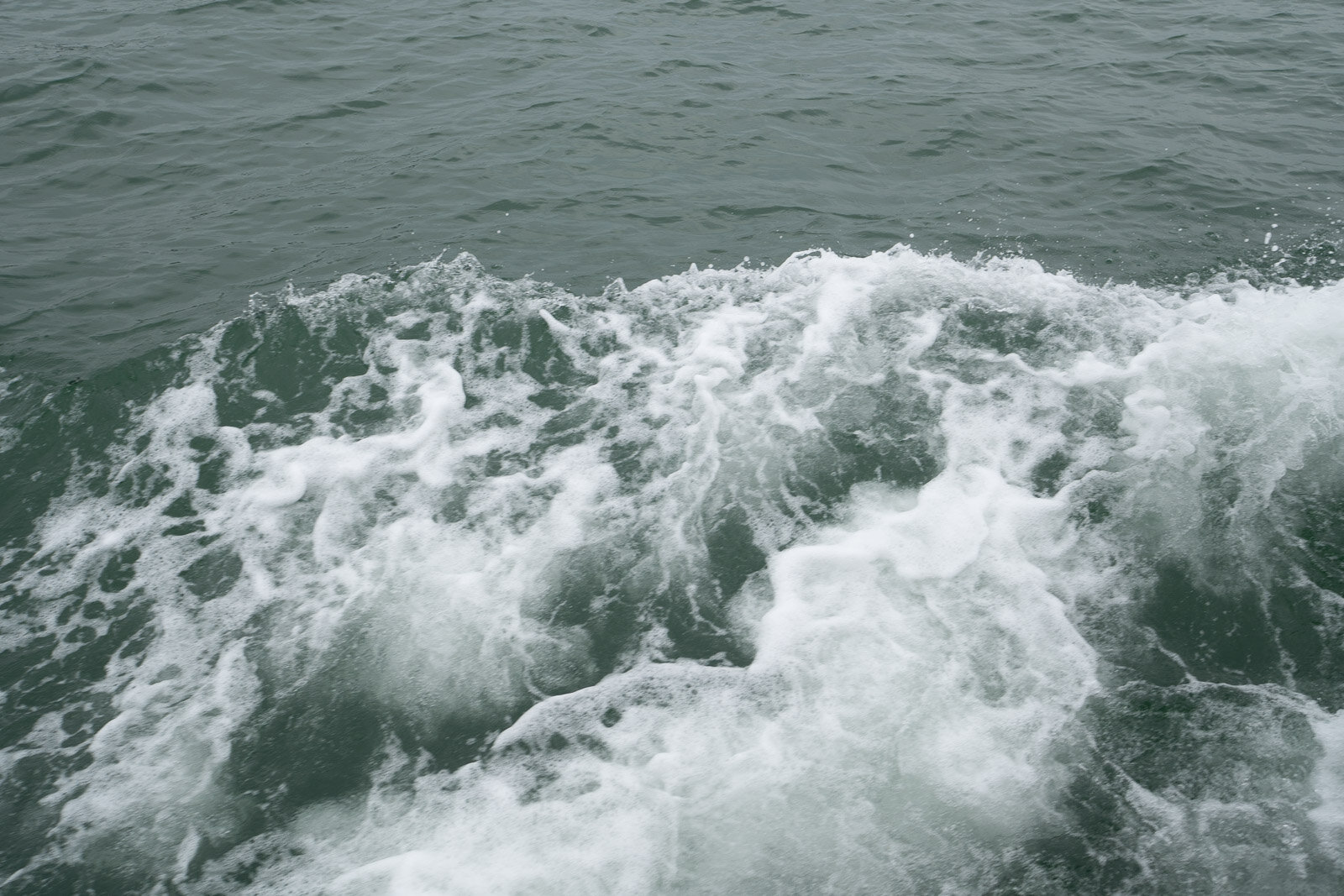

Things To Do And Explore On The Island
After about fifteen minutes, we reach the Jetty in Pulau Ubin. And once again, I am reminded of the fact that Singapore is located in the middle of the tropics: It is incredibly humid. And unlike on the densely built-up main island, there are no regularly placed air conditioners and ventilation systems to cool down the ambient temperature. At best, you can spot isolated fans here and there.
In general, Pulau Ubin is very different from the turbulent, ultra-modern, and dazzling Singapore: Lined by palm trees, trees, and stones, there are ancient huts, paths instead of roads, and colorful, self-painted signs showing the way. The small picturesque village also reminds me a little of Da Nang in Vietnam, except that instead of Vietnamese with their big hats, you will see the typical Singaporean Uncles and Aunties sitting in front of their Hawker Stables talking. Only the Safe Distancing signs and the corresponding QR codes, which were attached to each hut for checking in and out to contain the coronavirus’s spread, remind us of our ultra-modern everyday life on the main island. Otherwise, Pulau Ubin is pretty much the complete opposite of (the mainland) Singapore. It is picturesque, backward, and pretty old-fashioned.

We apply mosquito spray (and always wear sunscreen in Singapore, too!) and go and rent bikes in one of the many stalls. The prices are surprisingly high: We pay 40 SGD for two bikes, but we are fortunately allowed to keep them all day long. Around the stall, there are signs advertising “Bicycle Wash” everywhere, indicating that some trails can be quite muddy: Such as the Mountain Bike Path in the western part of the island, which winds over 10 kilometers of challenging climbs and rocky descents and is said to be quite demanding. This time, we chose the more relaxed, easy path, which many people also simply stroll along to explore the island.

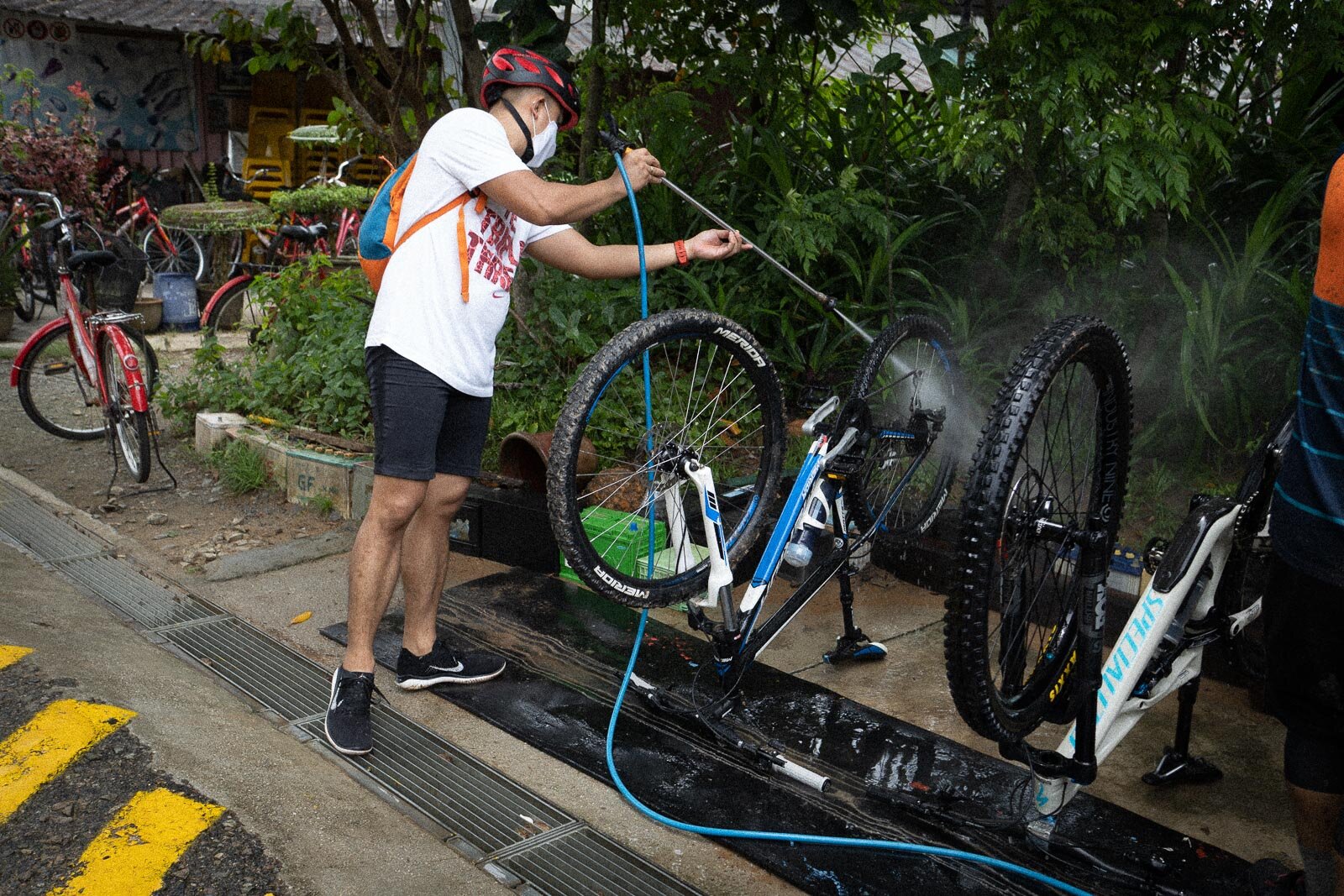
Off we go then. There are only two paths that lead further into the island’s center from the center directly behind the jetty. We take the way past the bike rental, once around the Pekan Quarry and then further towards Check Jawa Wetlands, the eastern part of the island. The paths are slightly uneven and hilly in places. Occasionally, monkeys are crossing the trail. Other than that, there are many others next to us who seemed to have had the same idea as us.
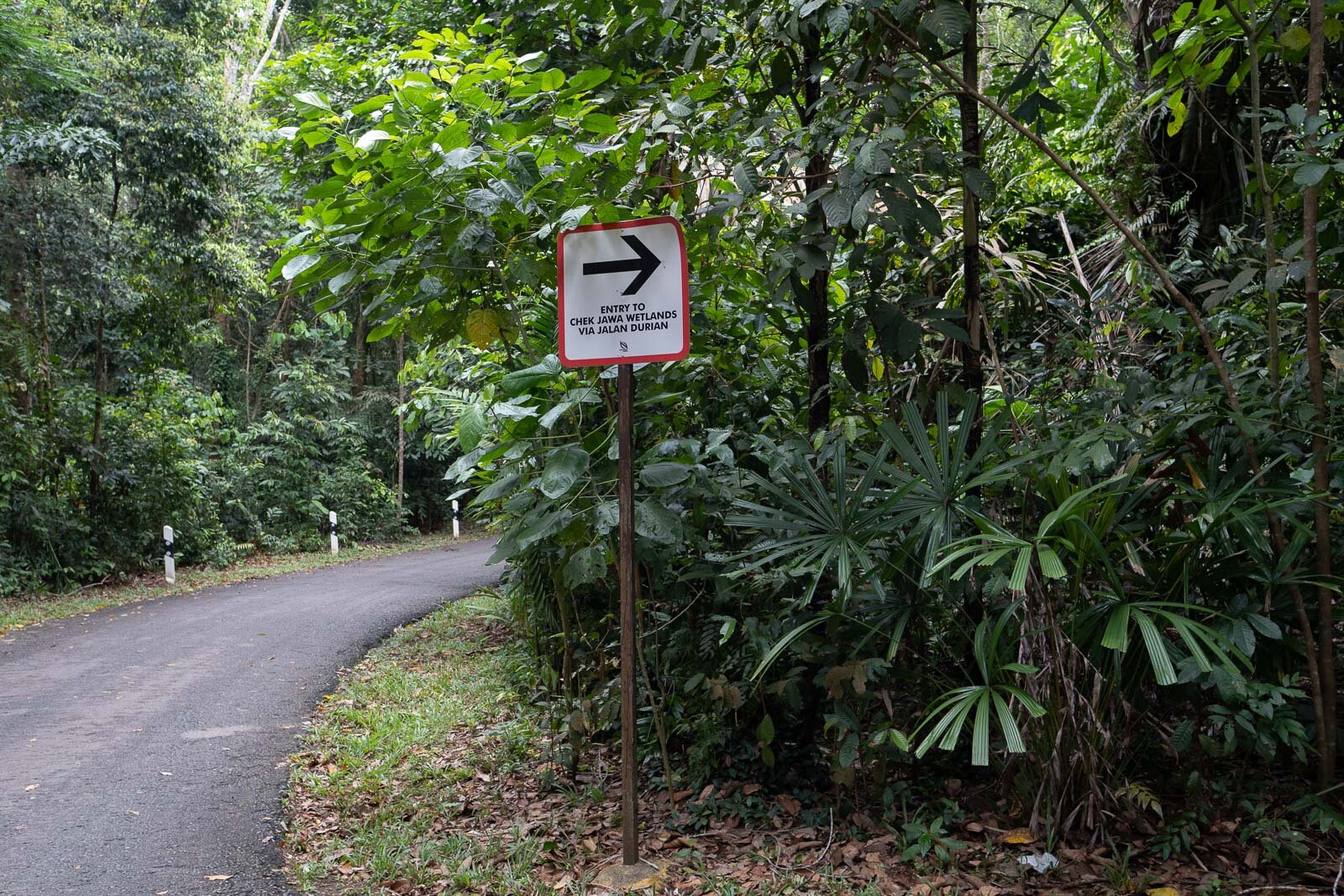
We pass the Ubin Fruit Orchard with over 350 durians, mangroves, and breadfruit trees. There we discover – in the middle of the field – a free-range pig. Pulau Ubin is known for its many wild animals and its numerous habitats. It is estimated that this island is home to over 720 species of plants, and over 300 species of animals. Some of those animals are not found on mainland Singapore, such as the Collared fig and the Ashy Round leaf Bat. I am happy with the pig though. All of a sudden, it starts to rain heavily, which is why we leave the Orchard to seek shelter under the trees on the main path.

The rain makes our adventure on Pulau Ubin even more tropical. In the pouring rain, we continue our trip and let ourselves drift a little from the trails, even if they sometimes only lead in one direction, which we find a bit irritating because the routes are sometimes very predetermined.
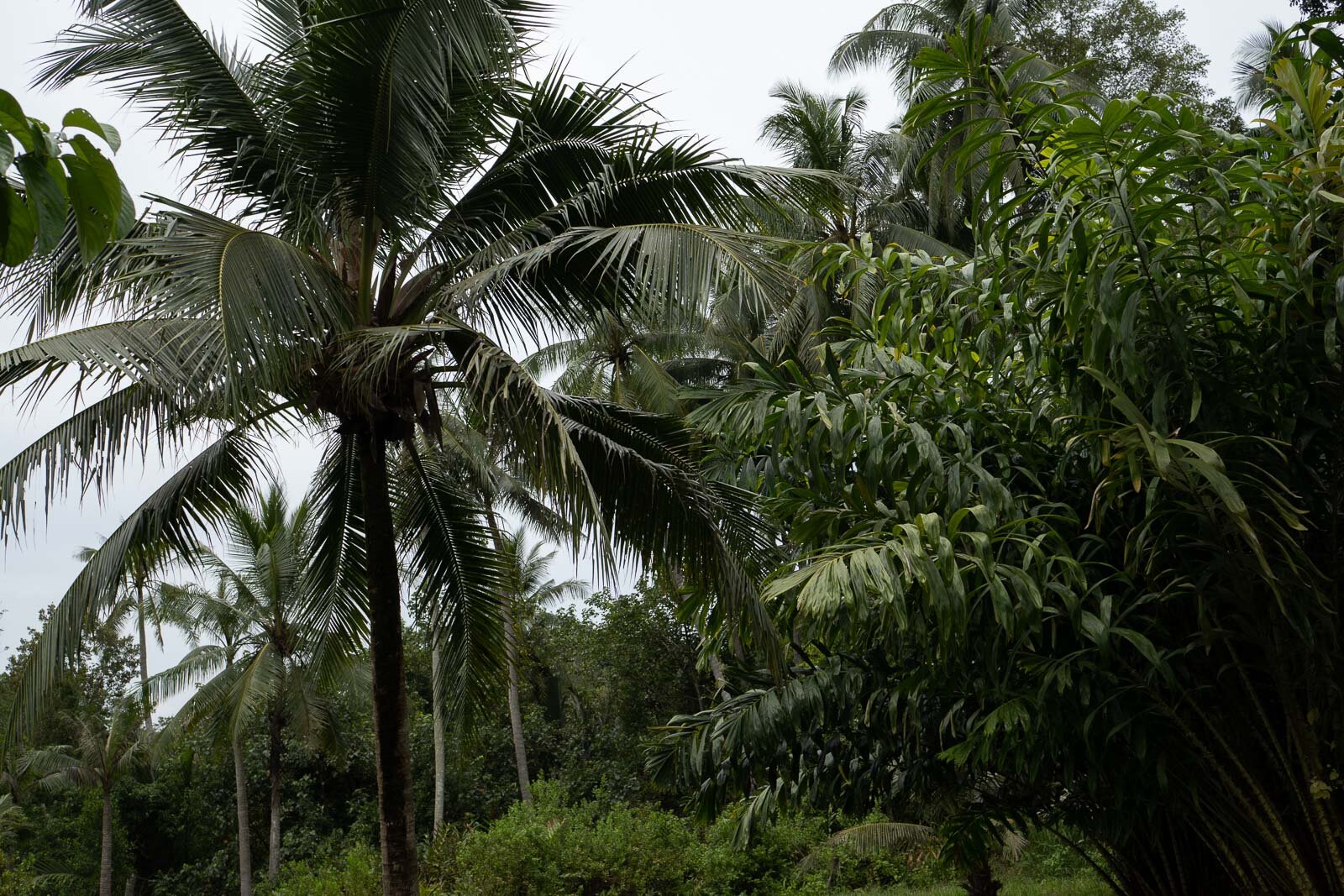
We decide to cycle to one of the campsites in the north of the island. There you will find many camp opportunities and have a barbecue with friends. During COVID-19, it is impossible to meet in larger groups and rent places, but there are still surprisingly many visitors on the shore who fish, eat, or swim in the sea together.
We take a few minutes and look at the sea, towards Malaysia, which seems incredibly close and so far away. Unfortunately, it is currently not possible for us to travel to Malaysia. That’s even though hypothetically you could swim there.
On the way back, we make another loop and visit the Sensory Trail, a 1.5-kilometer-long trail in the island’s southern part. With various plant species and descriptive descriptions, the five senses are to be stimulated here: Seeing, touching, smelling, tasting, and hearing. During our visit, there is no guide, so we get off the bike and discovered the different zones on our own. For example, there is a rubber tree along the trail, and I learned that Pulau Ubin used to have rubber plantations and quarries. Today, the rubber trees are lined up next to coconut palms, durian trees, and even mangoes, papayas, and bananas and are generally supposed to provide a comprehensive scent experience. Of course, we wear a mask in Pulau Ubin, so we couldn’t stimulate all our senses and probably have to come back again.
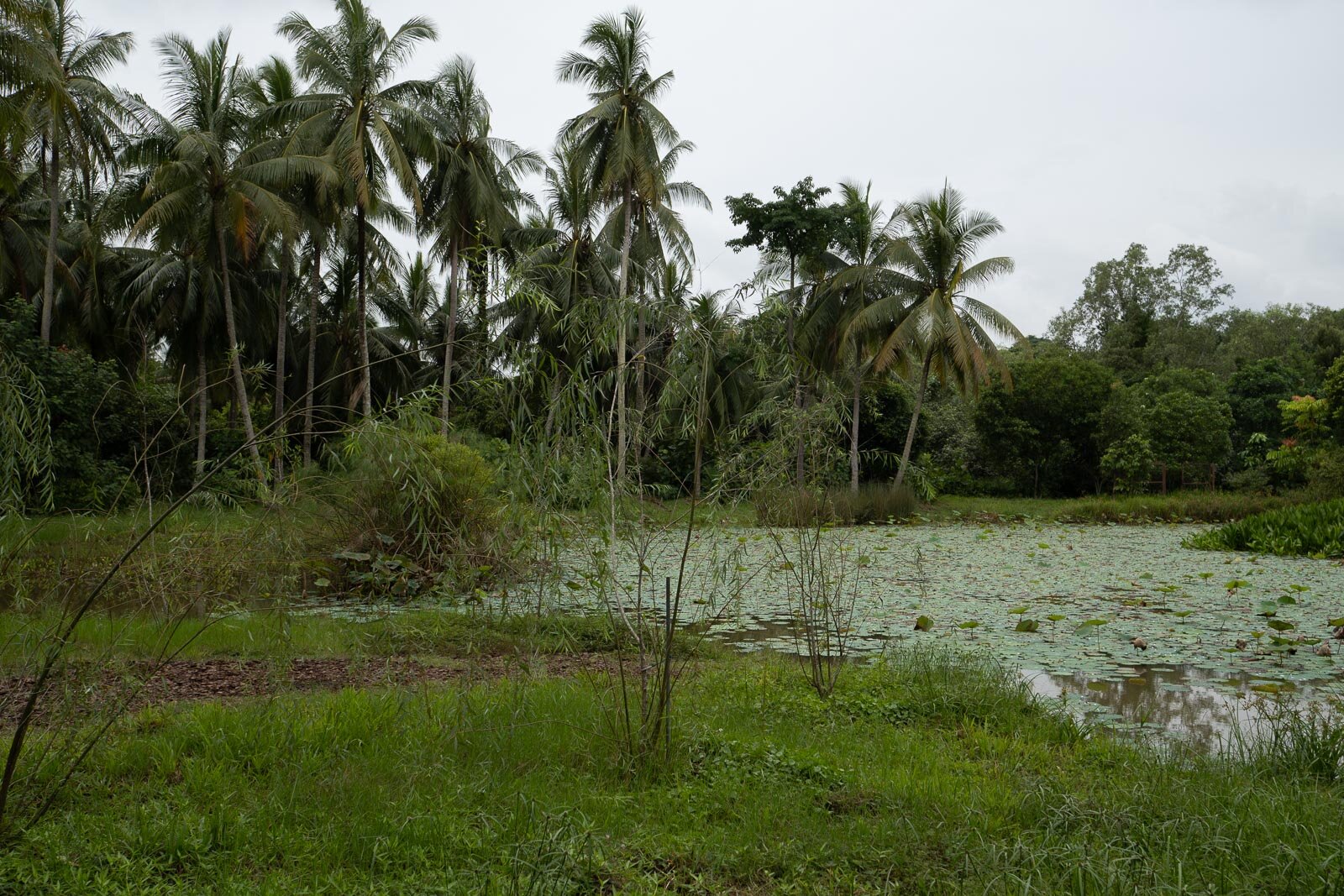
Since the rain won’t let up, and we are now soaking wet and a little hungry, we decide to take a bum boat back to the main island. The return costs 4 SGD as well, and after another short crossing, which this time is a lot rockier, we walk to the nearby Little Island Brewing Company in Changi Village, where we have a beer or a glass of wine at rustic picnic tables and eat nachos. Theoretically, you could also eat in one of the Hawker Stables on Pulau Ubin, but we already have plans to go to our favorite Swee Choon, where they have similar cuisine, on the same day.
So we are saving some things for our next visit to Pulau Ubin – hopefully with visitors from Germany and fewer restrictions!
1 Comment
POST COMMENT Cancel reply
Related Posts
My Favorite Bars in Singapore (2020)
With the upcoming winter months and the festive season, I get into the mood for cozy and bespoke bars, iconic cocktails with a twist, and inspiring decors and interior designs. Despite the summer-all-year-around, you’ll find those at my favorite bars in Singapore.
Kampong Glam – Singapore’s Muslim Quarter
While exploring Singapore, we visited the vibrant quarter Kampong Glam that we actually call "Muslim Quarter". That is mainly due to the fact that the area around Arab street presents a glimpse in the Muslim life of Singapore - even if not authentic. Nevertheless, the quarter is popular
The Newton Food Centre – A Must-Visit in Singapore
Singapore offers a variety of food at affordable prices, usually found in hawker centres, with one of the most popular hawker centre in Singapore being the Newton Food Centre. On a boring Saturday evening, we decided to give it a try.
My favorite breakfast and brunch spots in Singapore [ FOODIE GUIDE ]
There is nothing better than kicking off the weekend with a fabulous brunch with friends. In Singapore, a thriving metropolis that is known for its melting pot of cultures, there are plenty of options on breakfast with international and hip cuisine and delicious coffees. I would like to introduce yo
Coming Up: A journey through Singapore
We are stuck in Singapore. This is why we will use the upcoming weeks to travel within “our” city, instead of dreaming of foreign countries that we cannot go to anyway. We will visit exciting neighborhoods in Singapore, explain the different regions, find hotspots, places, cute littl
Singapore Diaries: Light at the end of the tunnel
I wasn't exactly raving about Singapore, particularly not at the beginning of this year when we were about to settle into our "new home" and keen to explore the city but were forced to stay in our four walls instead. Not the best timing to see Singapore in its best colors, to say the least. But now,
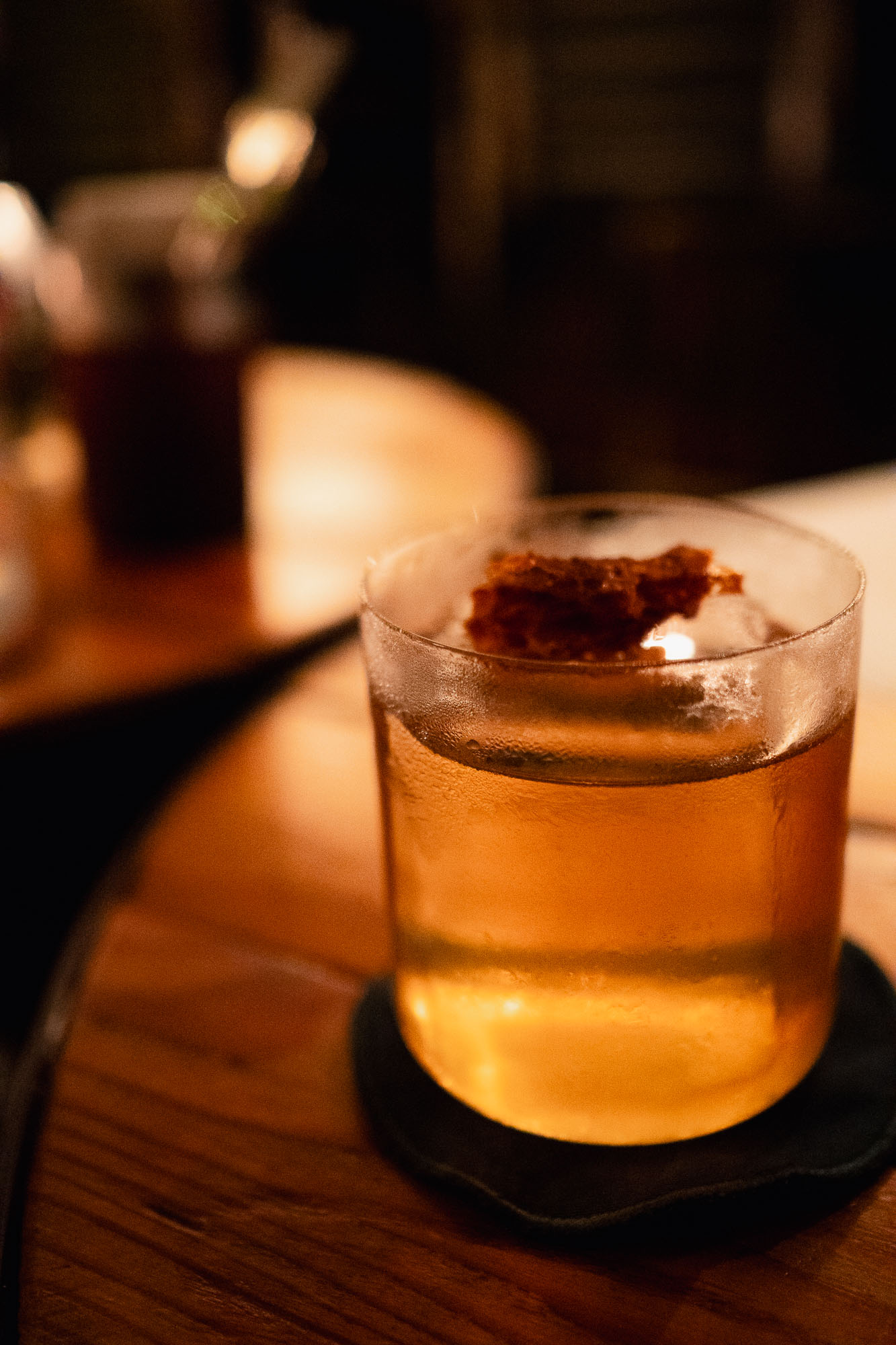
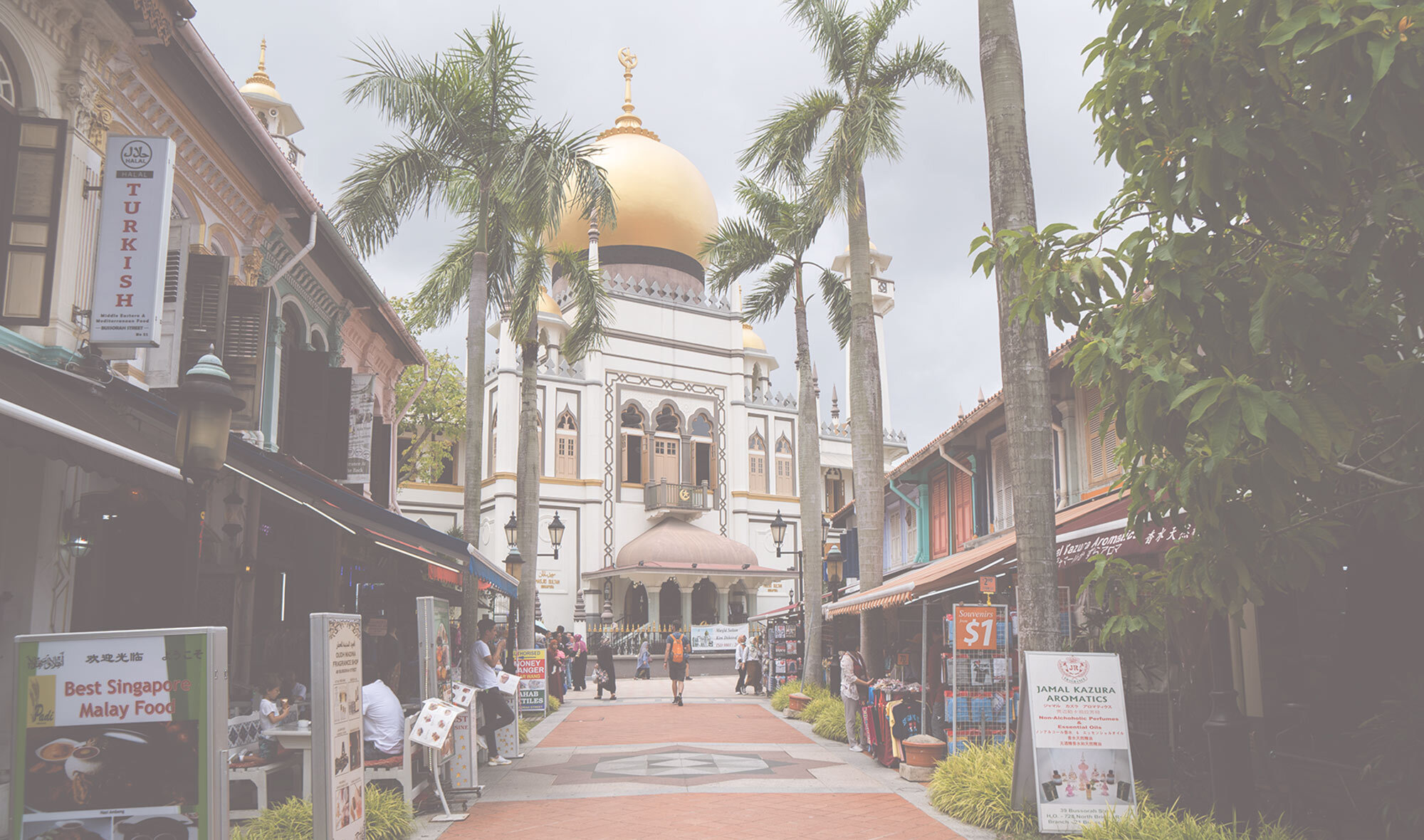
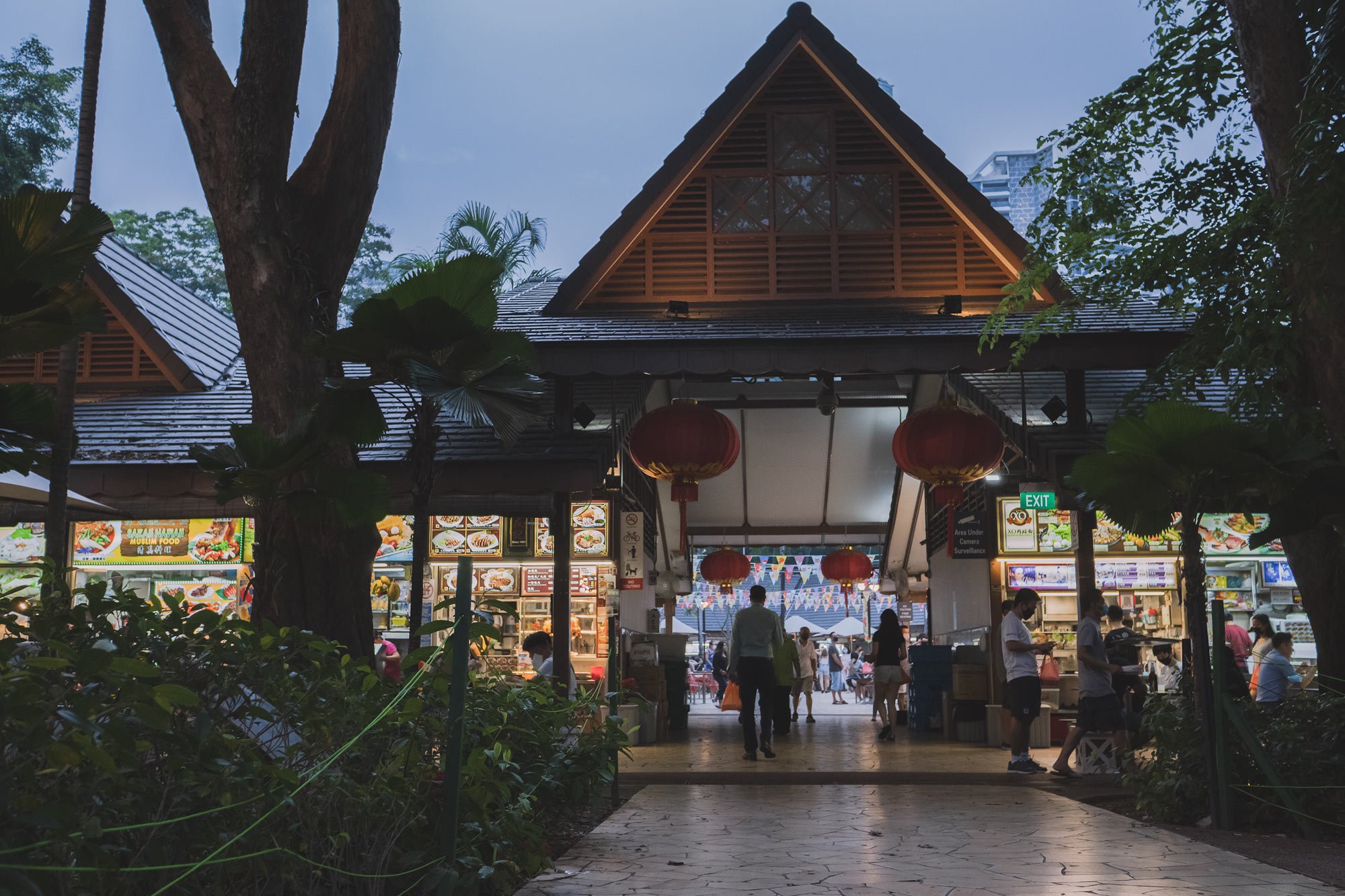
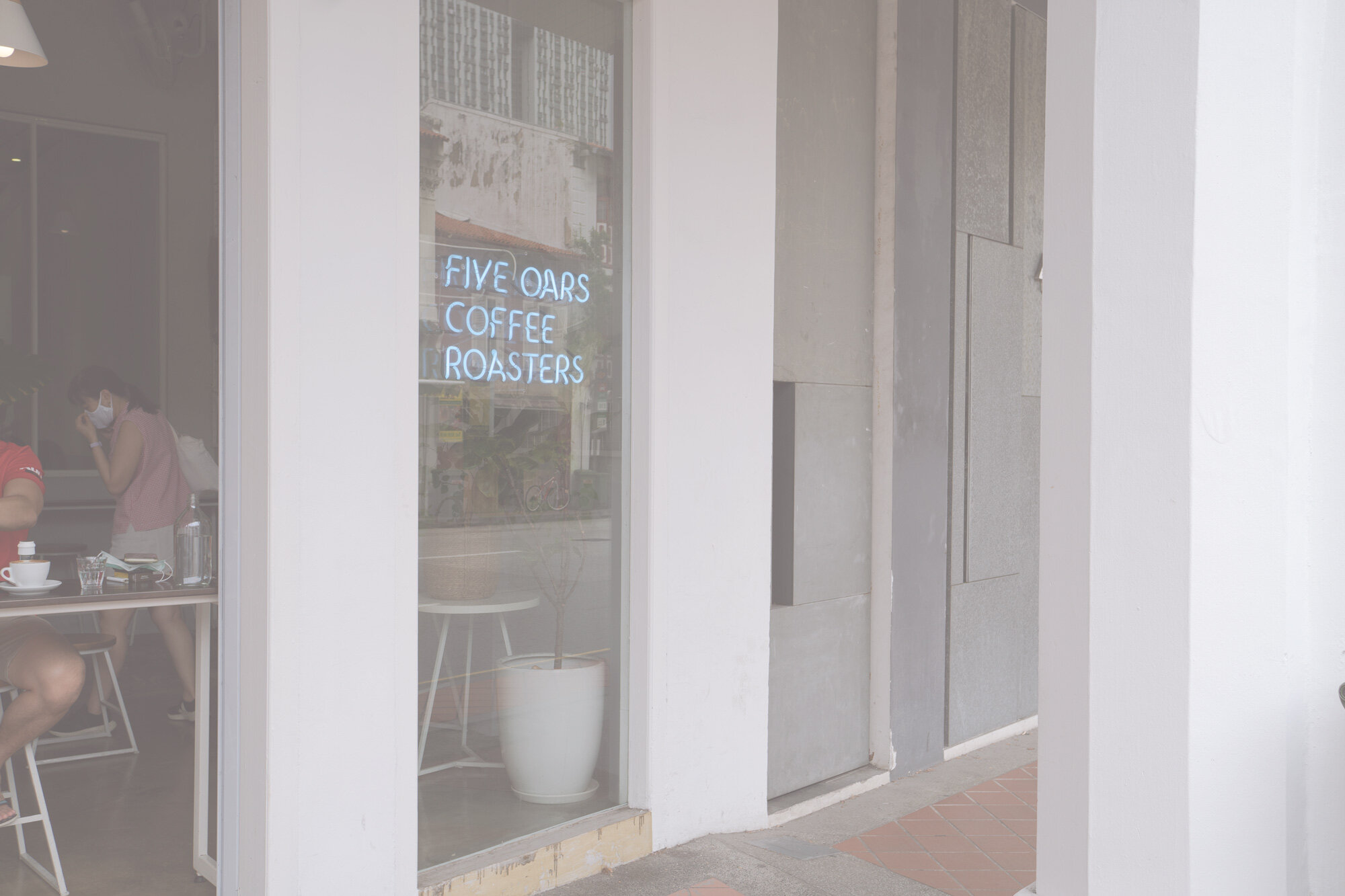
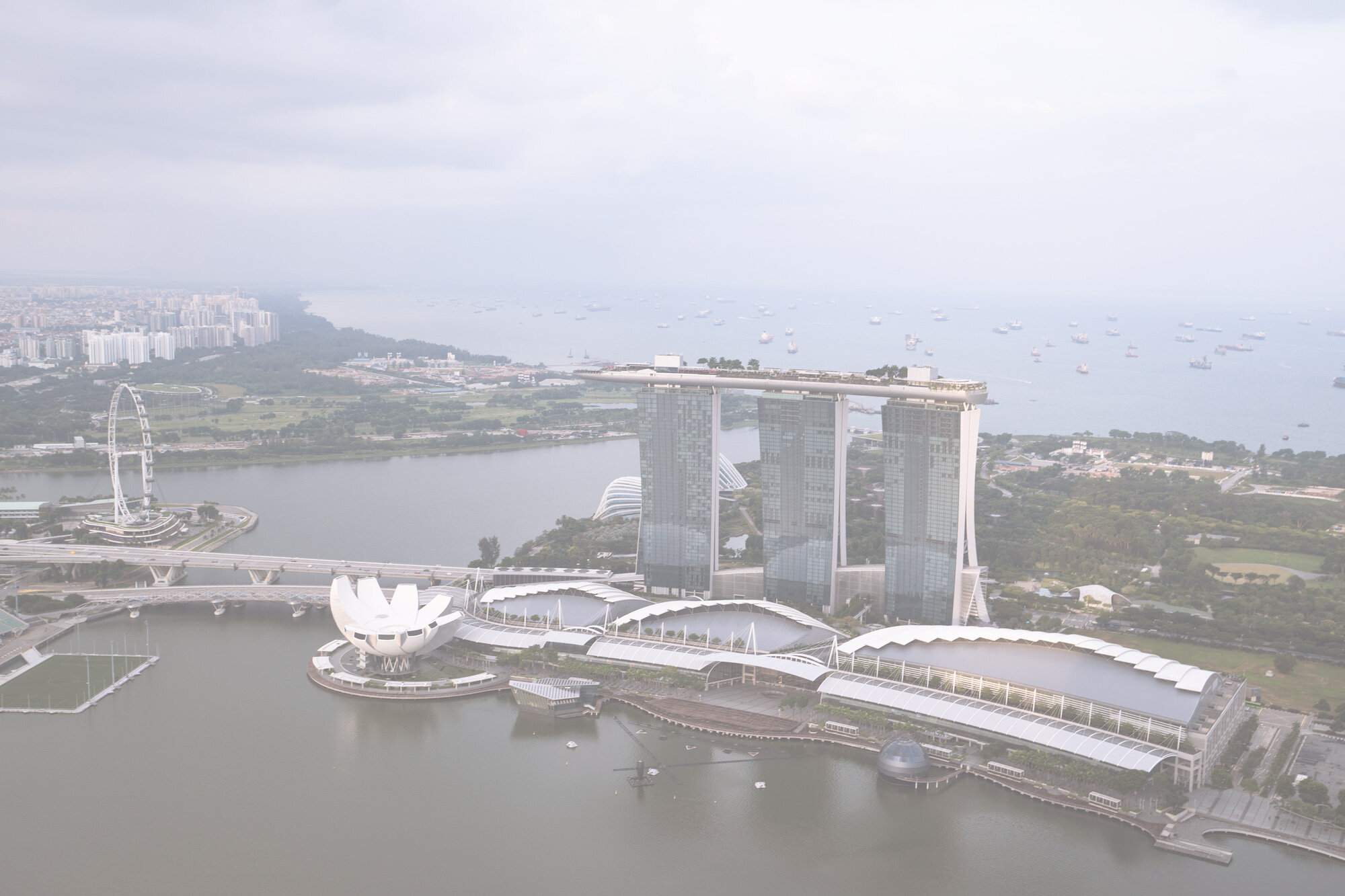
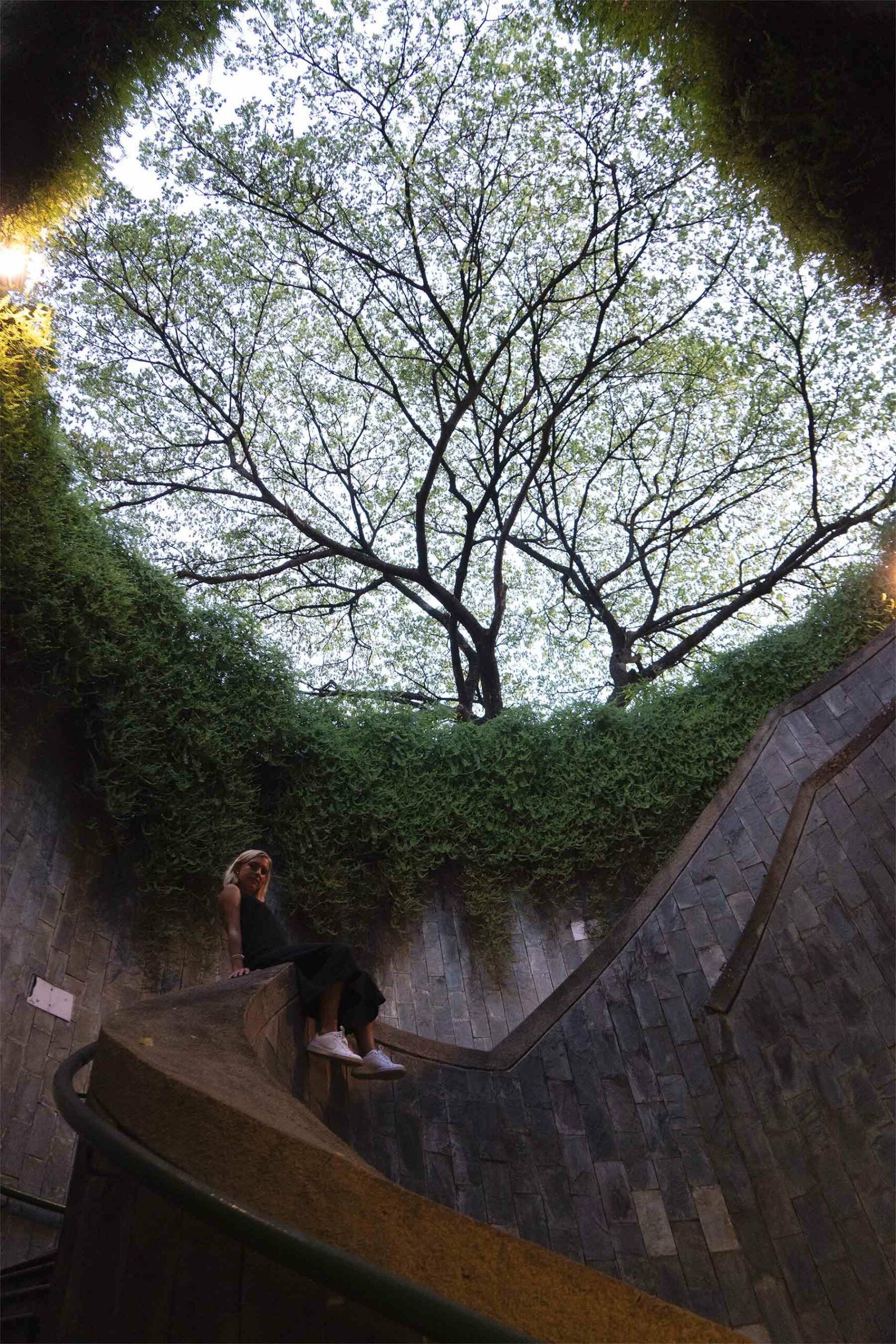
Avy
Great pictures. Reading your travel story, I literally felt like going to Pulau Ubin. Can’t wait for traveling to hit off again…